Over time, buildings acquire an increasingly wider and more sophisticated electrical system. Thus, consumers with low voltage can receive more damage from overvoltages caused by a thunderstorm and arising from the effects of electrical impulses and a reduction in the sharing of dangerous space between electrical objects and an air terminal. The voluminous system of electrically conductive networks is organized by information supply, antenna structures, central heating communications, water supply, gas and power systems. The only lightning protection when exposed to an electromagnetic pulse is not able to prevent damage to sufficiently weak equipment. Therefore, a network of general lightning protection should be formed, and first of all, the main potential equalization system.
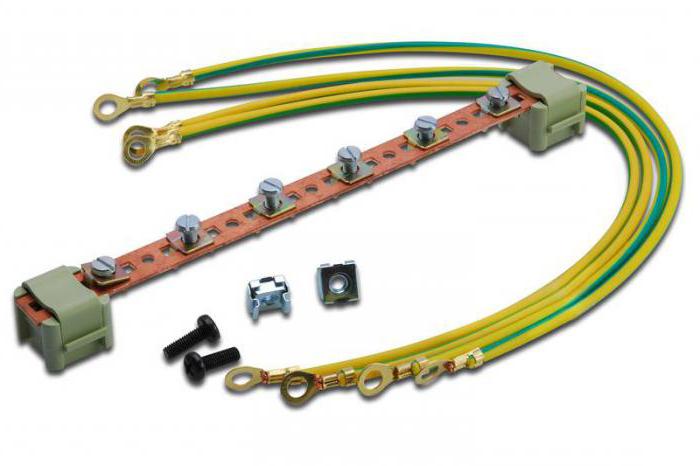
What is it used for?
Equalization of potentials is used to ensure equalization in all metal parts of the building, interconnected, that is, to form an equipotential surface. In this case, when an increased potential enters the house on all metal structures, it increases synchronously, due to which a dangerous voltage difference does not develop and sparking and the passage of dangerous currents do not form.
Connecting elements
An important protective measure is the creation of the main potential equalization system. It connects the grounding main bus, the main grounding line, the protective main line and conductive elements, which include:
- reinforcing details of structures with reinforced concrete base;
- elements of buildings made of metal, climate systems, central heating;
- steel piping system power.
Most often, the potential equalization system has only one output method. In the room of the distribution element, the main bus is mounted at the closest possible distance from the insertion point.
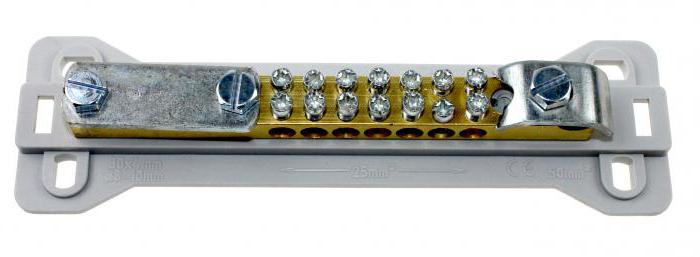
Lightning protection system
Due to the rapid rise of current and its large force during a lightning strike, a huge potential difference is created, far exceeding that arising from a current leak. Therefore, potential equalization is required to protect against the effects of lightning currents.
To prevent an uncontrolled short circuit, a lightning protection design, an earthing system, metal equipment, electrical installations with protective mechanisms must be either sided or directly combined.
An open access potential equalization bus for verification work must be connected to the equalization system. The bus also has a ground connection. In large buildings, there can be several if they have a connection between themselves.
Equalization of potentials in the lightning protection system is carried out at the place where the conductors enter the room and where safe distances are violated, at the soil level or in the basement.
A house built using a steel frame or reinforced concrete base or with a separate room for external lightning protection must have equalization of potentials at the ground level. In houses with a height of more than 30 m, it is performed every 20 m.
Lightning conductors are installed at a safe distance to prevent impulse reactions.If it is impossible to maintain a safe distance of the potential equalization system, the lightning removal device and the receiver form complementary connections between themselves. It is worth noting that they can lead to the introduction of increased potential into the structure.
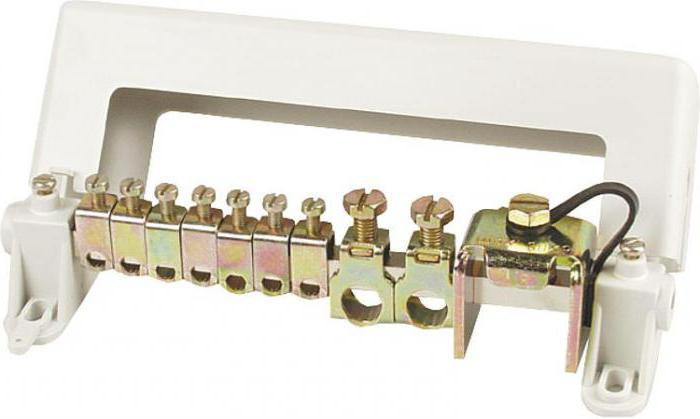
Complementary device
An additional potential equalization system is created, the PUE of which determines the form and application, at the points of location of electrical equipment, in which the existing conditions can be dangerous, and if the norms indicate the need for it. It forms a connection between all parts of the existing equipment and third-party conductors that are next to them.
Typical rooms and facilities where complementary safety measures should be used are antenna equipment, lightning protection facilities, remote communications facilities, areas with increased explosion risk, hospitals, fountains, water parks, and bathrooms. The company, which is engaged in the implementation of installation works, must carry out them in accordance with the guidelines of PUE-7.
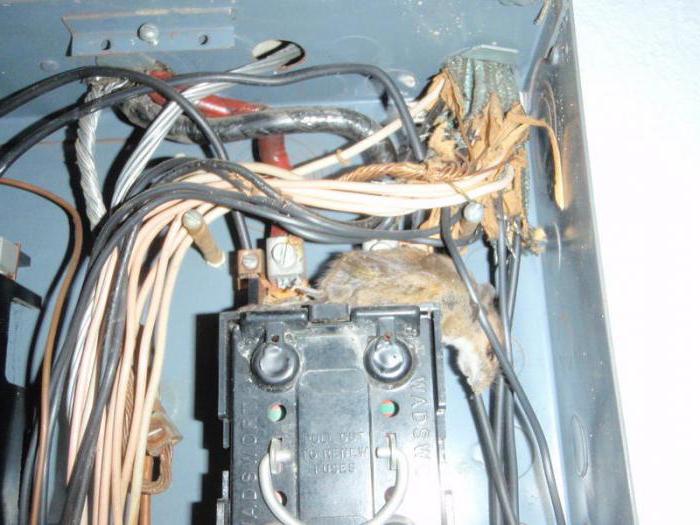
Lightning protection capabilities and accessories
The connection of the lightning protection system and the accessories of the equipment, to which the air ducts of climatic and ventilation devices, crane frames, elevator guide elements, pipelines of such systems as fire extinguishing, heat supply, gas and water supply, should be connected. Whenever possible, each metal structure is connected to equalization tires. Electrically conductive pipes can act as connecting lines (the exception is the gas pipeline).
If there is an isolated section on the water and gas pipelines, potential equalization system conductors are used for shunting. A special connection to the lightning protection device is not necessary for underground pipelines made of metal located near the ground. The same goes for railroad tracks. If the association cannot be dispensed with, then it is previously agreed with the operating company.
Grounding
The grounding repeated device works with the help of two vertical electrodes with a length of at least 5 m, they are fastened together by a horizontal ground electrode. The role of the latter is a steel strip, it is also used to form a conductor connecting the GZS and an additional ground electrode. The strip must be at least 4 mm thick with a cross-sectional area of 75 mm2. There is no rationing of the resistance of the re-earthing switch.
The cross section of the supply cable affects the selection of the potential equalization conductor, it should not be less than half the cable cross section. The most widespread wiring is PV1 and a steel strip, a single-core cable is also used. Special compresses are often used when branching a trunk with a wire.

Technical equipment and lightning protection
In accordance with the PUE-7 theses and subject to the cross-sectional boundaries of the conductors, all connections are made to equalize the potentials of lightning protection structures. The connections must be separated, direct and carried out through the spark separating gaps.
The lightning protection system can be directly integrated with the following devices:
- grounding elements of the high-voltage protection system of security-type structures;
- antenna devices;
- grounding lines located underground below the distance from communication systems and overvoltage protection;
- grounding of power structures, the power of which exceeds 1 kW, while there should be no possibility of entering high potential into grounding conductors;
- protective connections in TT networks for protection against electric shock during indirect contacts.
When conducting information or power lines in metal pipes or screening an additional potential equalization system is not needed.
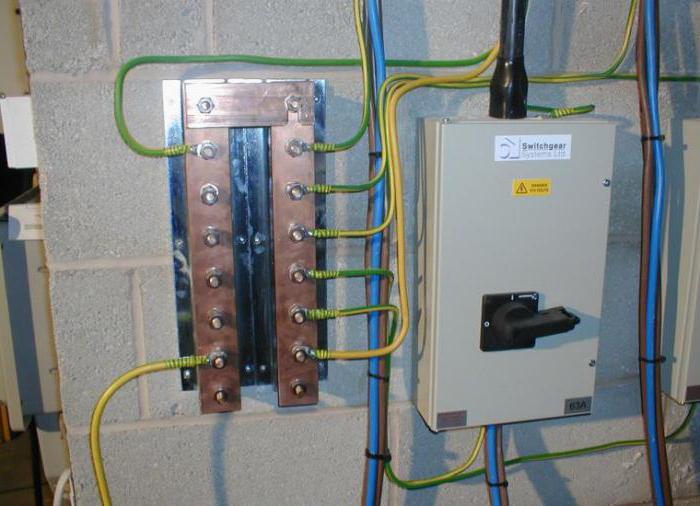
Spark gaps
Control tests should be carried out upon gaining access to the spark disconnecting spaces. Thanks to the correct design and installation of the internal lightning protection mechanism, damage caused by potential differences and overvoltage pulses is minimized.
Connection through spark intermediate separation is carried out for the following elements:
- grounding of measuring systems subject to separate design;
- installations protected against current leakage and having anti-corrosion cathodic protection;
- return wire of the traction element of direct current, as well as alternating in the absence of the possibility of performing direct combining according to signal and technical reasons;
- auxiliary earthing parts of the protective shutdown, which trips with dangerous voltage.
Installation
During the construction of the building, the installation of the control system should be carried out, as there are some difficulties when used in finished buildings. An additional potential equalization box is prohibited for use in buildings with grounding type TN-C. If this rule is not observed during a zero wire rupture, there is a chance of electric shock to residents who did not install a DCS. This restriction relates mainly to the old multi-story housing stock.
The grounding system of another type allows you to get rid of this problem: for this, a grounding circuit is performed and connected by copper wiring to the clamping main bus.
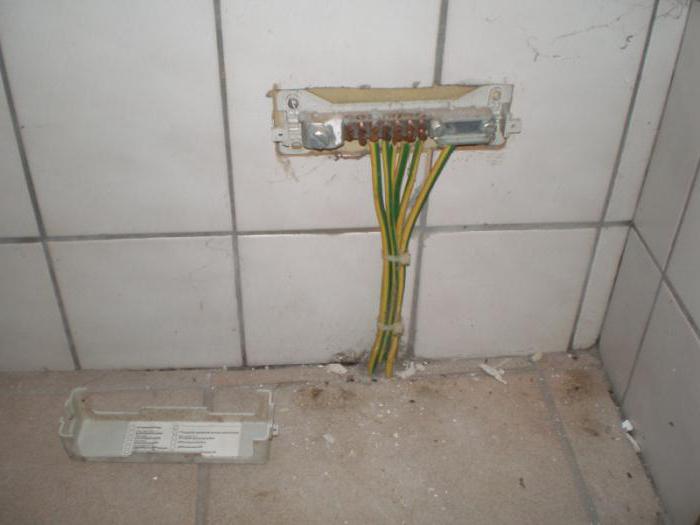
Plastic pipes
Today, communication with the use of plastic pipes is quite widespread, which does not require integration with the equalization system. At the same time, if in the existing DSPP to replace metal pipes with plastic pipes with different conductive properties, there will be a disconnection between the metal parts in the room (heated towel rail, batteries) and the grounding bus, which makes them dangerous when touched at the same time.
When creating communications using plastic pipes, integration with the equalization system is carried out using metal combs, taps and check valves to secure the conductors. If there are dielectric inserts in metal pipes, they are added to the main system after inserts inside the building.
What you need to know
In accordance with construction rules and regulations, today much attention is paid to the competent installation of a potential equalization system. First of all, when the building is commissioned, inspection and verification of compliance with the project are carried out. Creating an electrical combination of all conductive elements accessible for contact with the help of special conductors ensures proper electrical safety. As an addition, there is a potential equalization box in places with a high possibility of electric shock.
It should be borne in mind that the DCS can only be created in buildings that have a grounding system with separate laying of N- and PE-type conductors.
A strong metal connection should be established between the parts of the control system if they are connected in accordance with the radial diagram and the necessary cross-section of the protective conductor.






